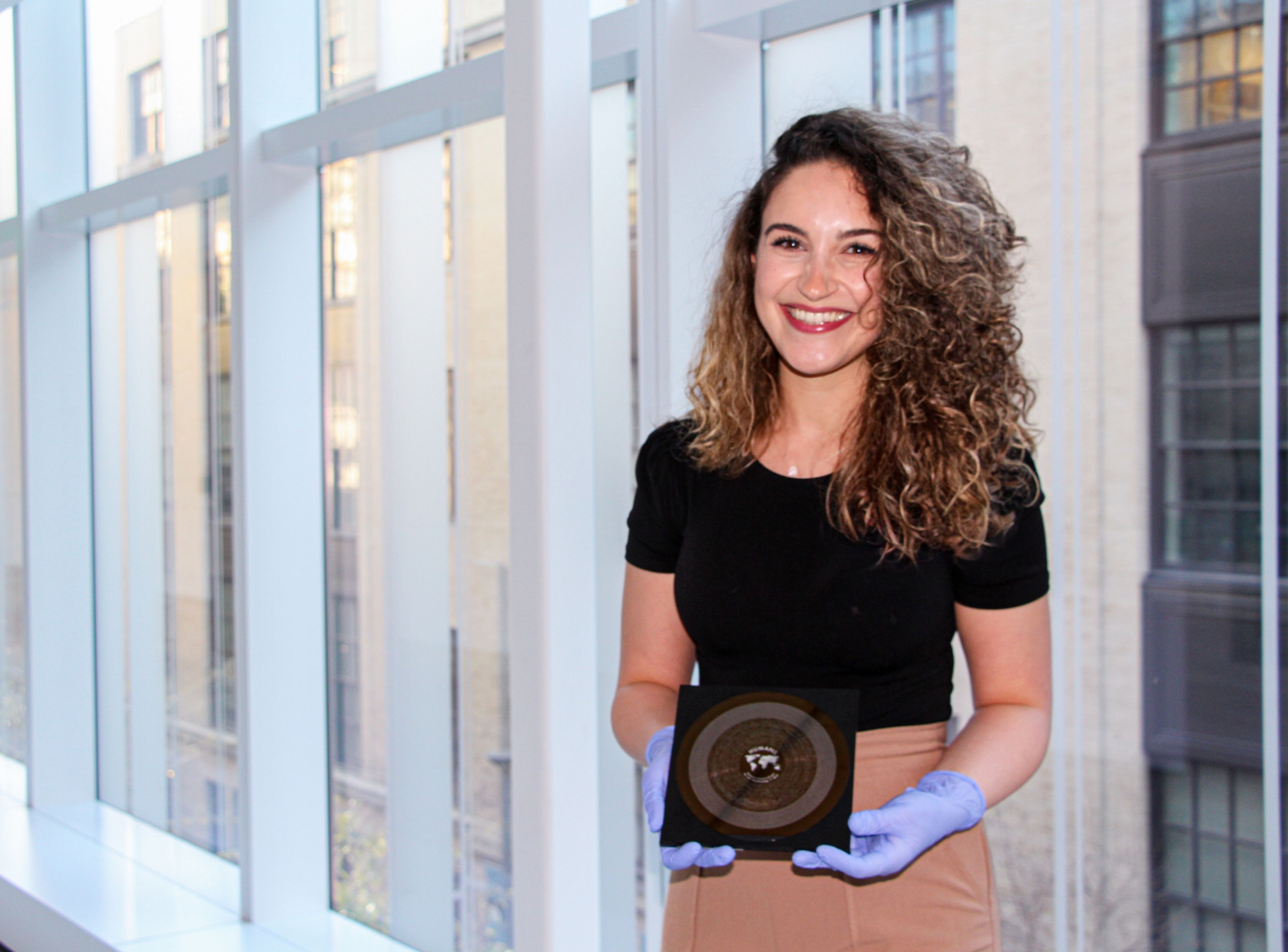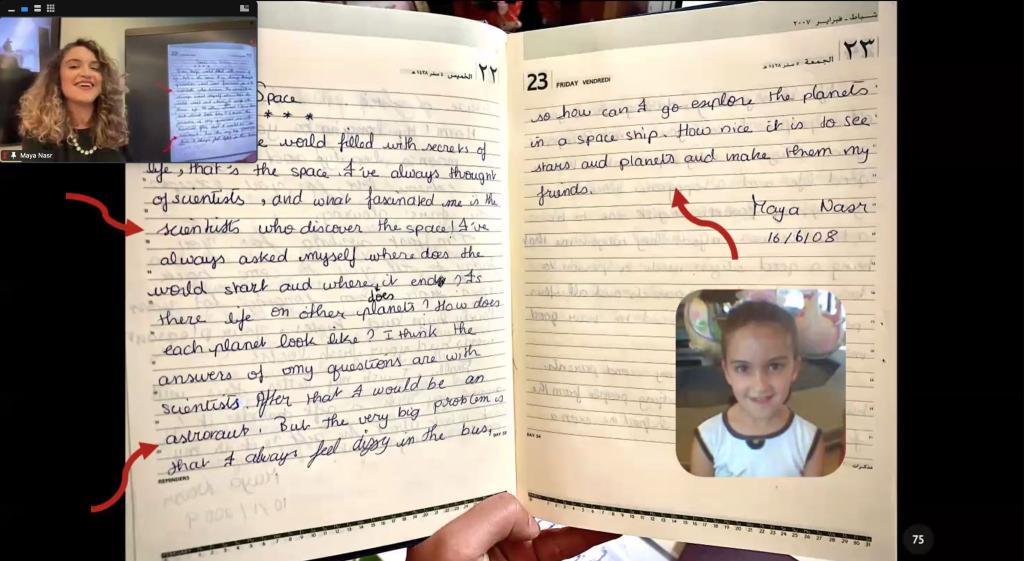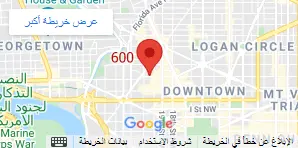
I’ve always had an interest in better understanding legal frameworks and been passionate about space and sciences. Today, I work at the intersection of the two. I’m a remote sensing scientist between Harvard Seas the Center for Astrophysics, and the Environmental Defense Fund on the MethaneSAT project. I’m an aerospace engineer by training – I did my Bachelors, Masters and PhD at MIT. What I’m passionate about is space policy and space ethics. I push for sustainable and equitable space governance in my work, advocating for increased global representation and access in the space sector while raising awareness about nationality-based discrimination. If we are going to tackle climate change or space exploration, we need people from diverse backgrounds in those rooms. I was born and raised in Chouf, Lebanon.

Never could I have imagined that I’d be working on a mission on Mars for NASA. I’d heard about a scholarship fund with Amideast and with my parents’ encouragement, I applied and got it. For months, my parents drove me two hours each way to Amideast in Downtown Beirut, where I received training on the process of applying to unis in the U.S. I also received financial support that would enable me to go to school in the U.S. Shortly later, I opened the email with my acceptance to MIT. My journey began there.

Since then, I’ve worked on several space missions, including MOXIE for NASA’s Mars 2020 Perseverance Rover mission – the first time we’ve been able to utilize space resources on a different planet. I also founded the HUMANS project to increase space accessibility and connect people to space by asking what space means to them in their native language. These voices were etched on an MIT nano wafer then launched to the International Space Station, representing thousands across 80 countries in 64 languages. One day, I’d love to be an astronaut. For now, focusing on how we use Space for Earth and space diplomacy is where my work lies. If I could share any advice – it would actually be for parents of students to believe in your kids and support their dreams.

